Introduction
Pakistan’s relentless energy crisis—characterized by escalating electricity tariffs, frequent load-shedding, and an overburdened grid—has propelled solar power from an alternative energy source to a strategic necessity. With residential electricity prices surging past PKR 65/unit in 2025, households are turning to solar solutions for energy independence and financial relief. The 7kW solar system emerges as a sweet spot for medium-to-large homes, balancing significant energy output (25–45 kWh daily) with manageable space and budget requirements. This comprehensive guide dissects the costs, components, savings, and market dynamics of 7kW systems in Pakistan, empowering you to make an investment that pays dividends for decades.
1. Current Price Range of 7kW Solar Systems
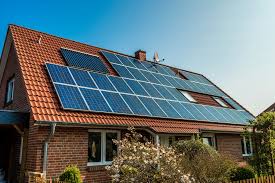
As of July 2025, 7kW solar system prices in Pakistan vary dramatically based on component quality, system type, and installation complexity:
- Entry-Level Systems (PKR 800,000–950,000): Use Tier-2 panels (e.g., local brands), basic string inverters, and minimal structural reinforcements. Suitable for budget-conscious buyers but may compromise on longevity.
- Mid-Range Systems (PKR 950,000–1,300,000): Feature Tier-1 panels (Jinko, Longi) and hybrid inverters (Solis, Growatt). This bracket dominates the market, offering optimal balance between cost and efficiency .
- Premium Systems (PKR 1,300,000–1,700,000): Integrate top-tier components like Canadian Solar bifacial panels, lithium batteries, and advanced inverters (FoxESS/Huawei). Includes extended warranties and smart monitoring .
Table: Cost Breakdown of a Standard 7kW System (Mid-Range)
| Component | Specifications | Price (PKR) |
|---|---|---|
| Solar Panels (12 units) | Jinko N-Type 580W Bifacial | 252,720 |
| Inverter | Solis 7kW 4G Hybrid | 174,000 |
| Net Metering | Application + Installation | 170,000 |
| Mounting Structure | Galvanized Steel (L-Type) | 42,000 |
| DC Cables & Protection | 6mm² Coil + DP Box | 60,000 |
| Installation | Labor & Commissioning | 27,840 |
| Total | 726,560 |
*Source: *
2. Key Components Driving Costs
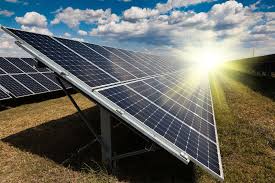
a) Solar Panels (50–60% of Total Cost)
Panel prices hinge on technology and brand reputation:
- Monocrystalline PERC (PKR 28–38/watt): Standard choice (18–22% efficiency). Brands: JA Solar, Trina Solar.
- Bifacial N-Type (PKR 32–45/watt): Generate power from both sides, yielding 10–30% extra energy. Brands: Longi HiMo 7, Jinko Tiger Neo .
- B-Grade Panels (PKR 13,500–15,600/panel): Lower-cost options with cosmetic defects or minor efficiency loss.
b) Inverters (15–20% of Total Cost)
- On-Grid (PKR 170,000–250,000): Basic conversion; no battery support. Models: Solis, Sungrow.
- Hybrid (PKR 400,000–600,000): Enable battery storage and grid sell-back. FoxESS and Huawei units offer 10-year warranties .
c) Batteries (Optional but Costly)
- Lead-Acid (PKR 200,000–300,000): 4–6 units needed; 3–5 year lifespan.
- Lithium-Ion (PKR 450,000–600,000): 5.2kWh units; last 8–12 years. Critical for off-grid/hybrid setups .
d) “Soft Costs”
Net metering fees (PKR 160,000–170,000), mounting structures (PKR 30,000–70,000), and DC/AC protection gear add 25% to hardware expenses .
3. System Types & Configurations
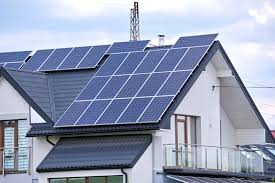
a) On-Grid Systems (PKR 800,000–950,000)
- Components: Panels + grid-tie inverter.
- Pros: Lowest upfront cost; net metering credits offset bills.
- Cons: No backup during outages. Ideal for areas with stable grid supply .
b) Hybrid Systems (PKR 1,100,000–1,400,000)
- Components: Adds batteries and hybrid inverter.
- Pros: Uninterrupted power; excess energy stored/sold. Dominates the Pakistani market due to load-shedding .
c) Off-Grid Systems (PKR 1,250,000–1,700,000)
- Components: Large battery bank + charge controller.
- Pros: Complete energy independence.
- Cons: Highest cost; overkill for grid-connected homes .
Table: System-Type Comparison
| Type | Battery Required? | Grid Backup? | Avg. Price (PKR) | Payback Period |
|---|---|---|---|---|
| On-Grid | No | No | 800,000–950,000 | 2–3 years |
| Hybrid | Yes (4–8 units) | Yes | 1,100,000–1,400,000 | 4–5 years |
| Off-Grid | Yes (6–10 units) | No | 1,250,000–1,700,000 | 6+ years |
4. Monthly Savings & Financial Returns
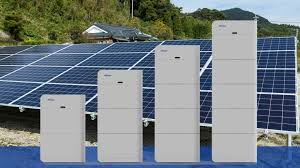
A 7kW system generates 700–1,200 kWh monthly—enough to power:
- 2× 1.5-ton inverter ACs (8 hours/day)
- Refrigerator + LED lighting
- Washing machine + 1HP water pump
Savings Breakdown:
- Monthly Bill Reduction: PKR 35,000–50,000 for homes consuming 1,500+ units.
- Annual Savings: PKR 420,000–600,000.
- Payback Period: 2–5 years, depending on system type and electricity tariffs. Post-payback, energy costs drop to near zero .
Government Incentives:
- Solar Tax Exemption: No import duties or GST on panels (as of July 2025) .
- Net Metering: Sell surplus power to DISCOs at PKR 19–22/unit, accelerating ROI.
5. Installation & Site Considerations
- Roof Space: 500–600 sq. ft. needed for 12–14 panels. Tilt angles optimized at 25–30° for Pakistani latitudes .
- Location-Based Pricing: Costs vary by city due to logistics:
- Karachi: PKR 26–36/watt (lowest)
- Islamabad/Peshawar: PKR 28–37/watt
- Remote areas: +7–10% transport fees .
- Warranties: Tier-1 panels offer 25-year output guarantees; inverters carry 5–10-year warranties. Opt for providers with local service centers (e.g., Alpha Solar) .
6. Market Outlook & Choosing a Provider
Component prices fell 5–8% in early 2025 due to rupee stabilization and increased Chinese imports. However, quality disparities persist:
- Reputable Installers: Alpha Solar, ProEnergy, and SolarSathi offer certified equipment with 2-year workmanship warranties. Expect 10–15% premium over uncertified vendors .
- Red Flags: Ultra-cheap quotes often use refurbished inverters or counterfeit panels.
Procurement Checklist:
- Verify panel/inverter certifications (IEC, UL).
- Demand detailed component-wise quotations.
- Ensure net metering support included.
7. Conclusion: A Future-Proof Investment
The PKR 800,000–1,700,000 outlay for a 7kW solar system represents one of Pakistan’s most strategic home investments in 2025. With ROI periods under 5 years and 25+ years of near-free electricity, it transcends being a mere backup solution—it’s a financial asset insulating owners from tariff volatility. While hybrid systems command premium pricing, their load-shedding resilience makes them indispensable. As solar adoption surges, partnering with certified installers and prioritizing Tier-1 components ensures your system delivers decades of optimal returns, turning today’s sunlight into tomorrow’s savings.
“The best time to install solar was ten years ago; the second-best time is now.”
– Adapted for Pakistan’s Energy Landscape

